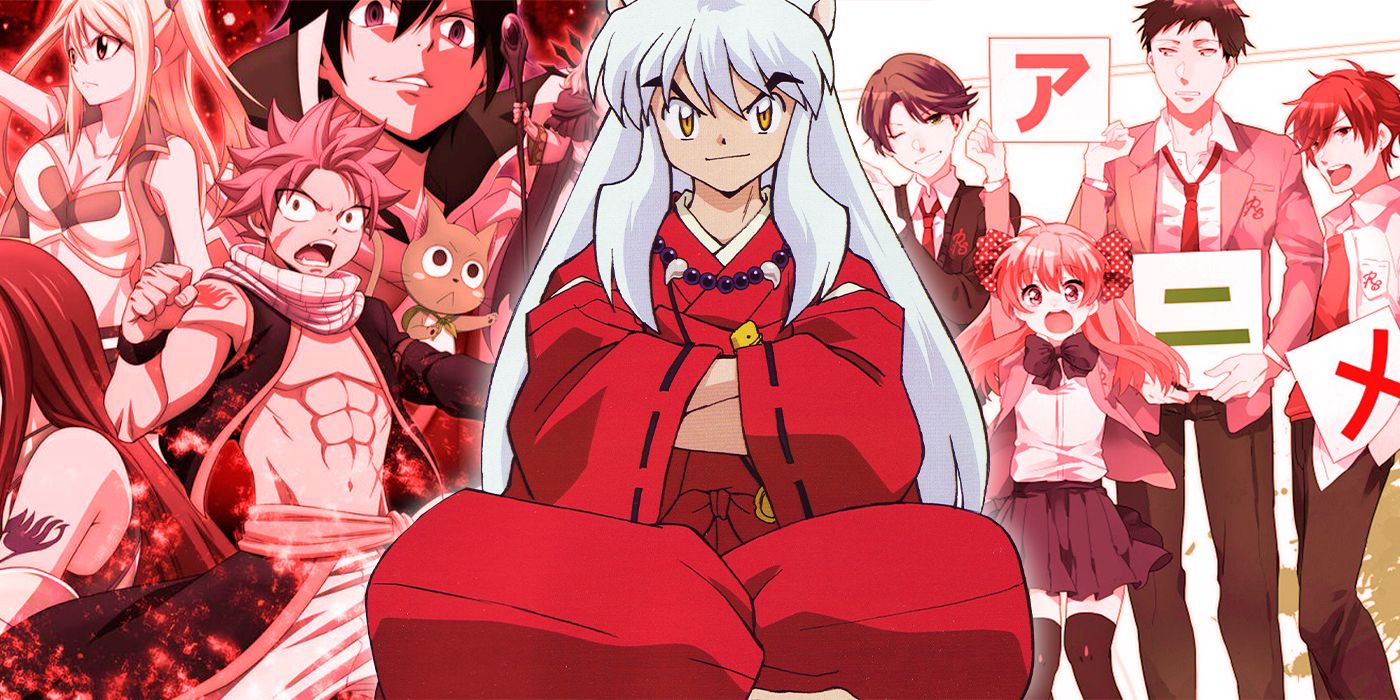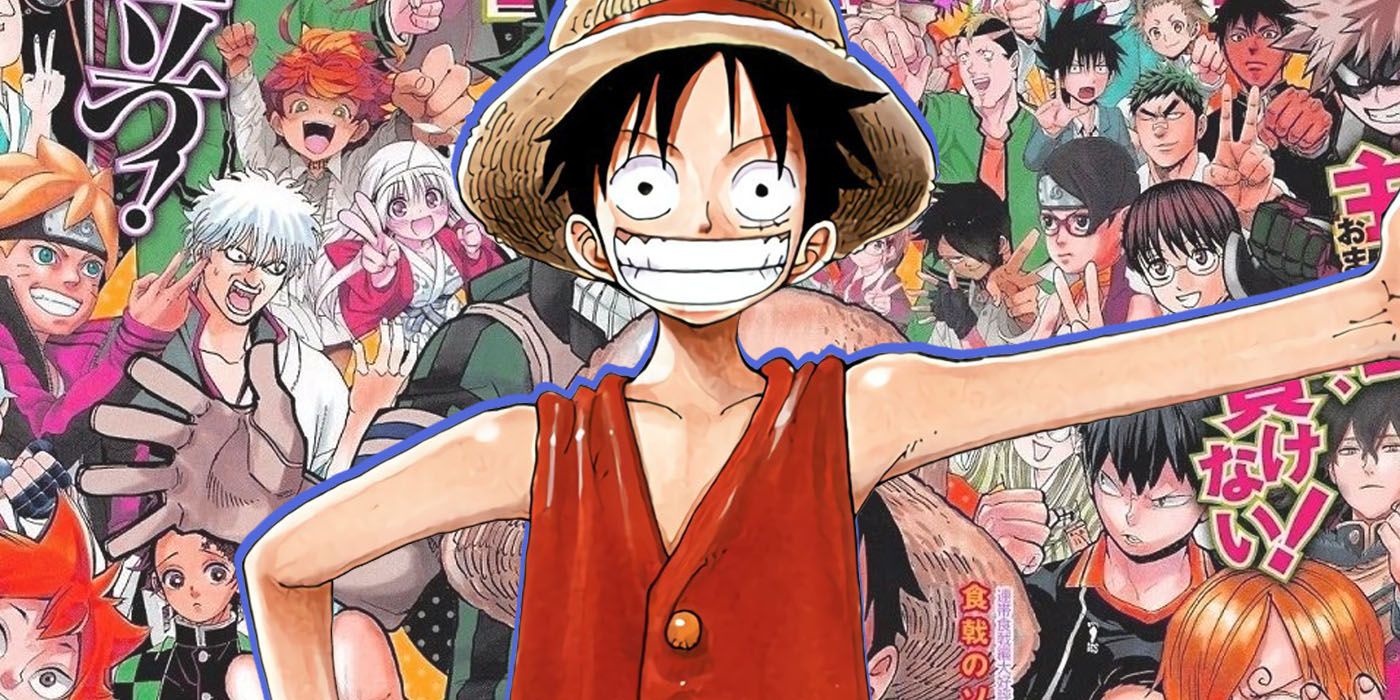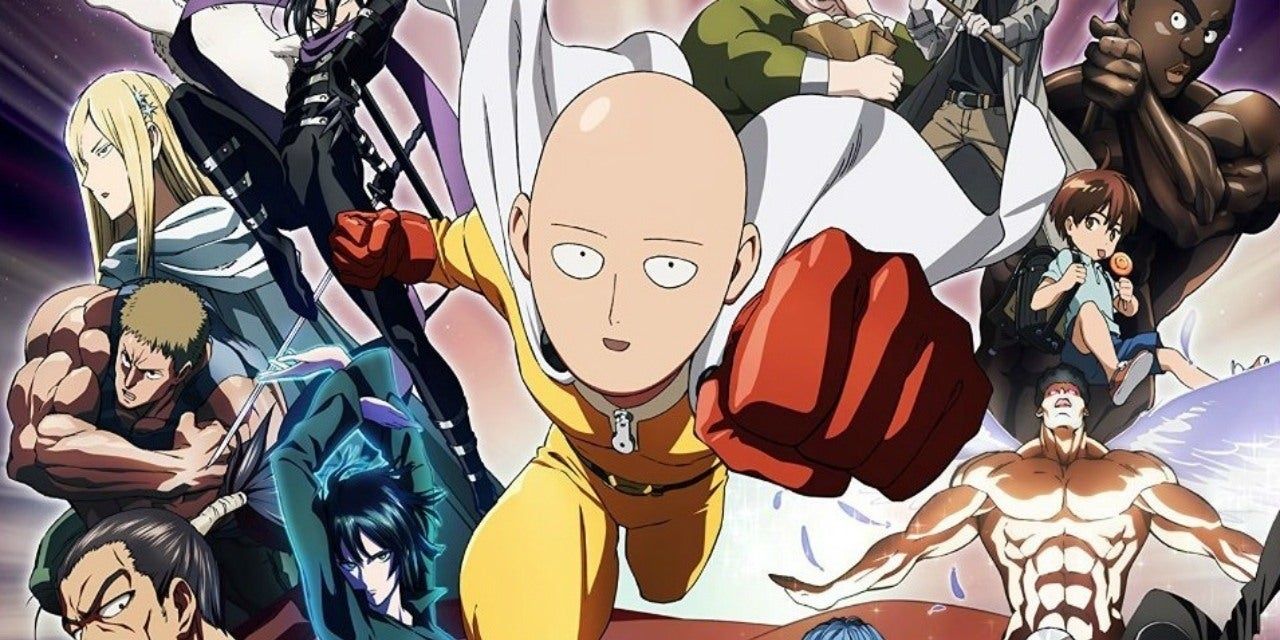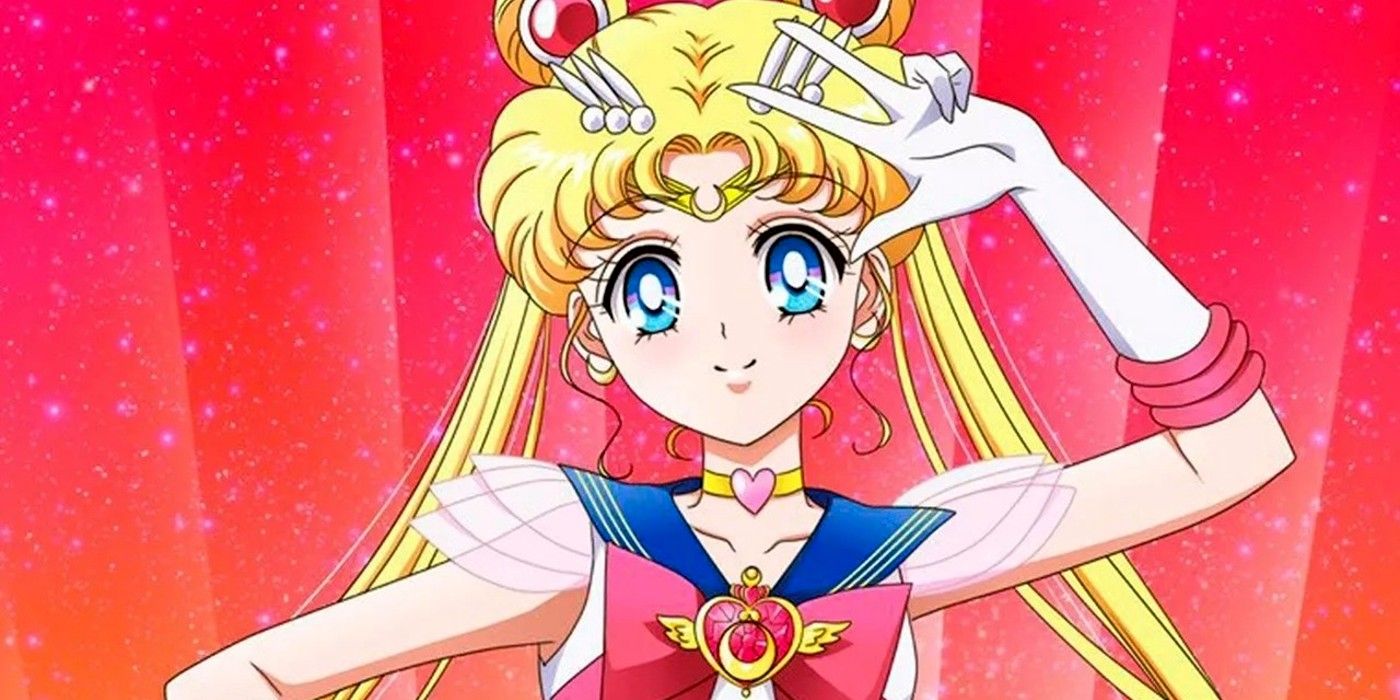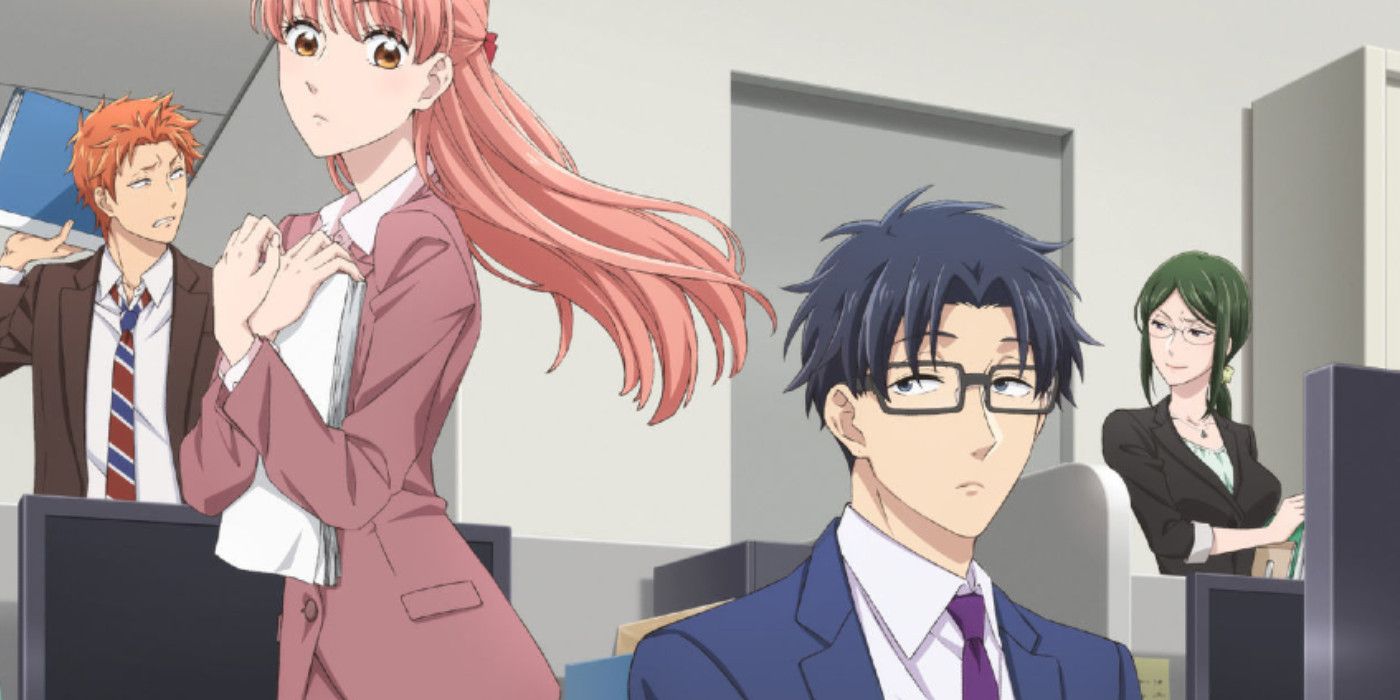Manga, as an artistic medium, covers a broad range of genres. From magical girls to mechs, manga is diverse in its topics and audience. Most manga can fall into four categories: shonen, seinen, shojo, and josei. There are similarities between the four and some distinct differences. In short terms, shonen is marketed toward young boys, and seinen is marketed towards young men. Similarly, shojo is targeted toward young girls, while josei is generally targeted toward older women.
These terms don't refer to specific genres or categories, but rather what the intended target audience is. The easiest way to tell what category a manga falls into is to see what magazine the original story was published in Japan. Additionally, manga geared toward an older audience tends to have more mature themes, but that isn't always the case.
Shonen Is Targeted Towards Teenage Boys
Shonen manga is predominantly aimed at adolescent boys from ages 12 to 18. Shonen includes a wide range of series including Naruto, One Piece, My Hero Academia, and Demon Slayer. Shonen tends to feature light-hearted stories full of action and adventure. Oftentimes the protagonist is a young male on a quest that leads him to meet new friends, gain powers, and fight enemies.
In recent years, shonen has evolved to include darker themes. Jujutsu Kaisen, Hell's Paradise, and Chainsaw Man have come to be known as the Dark Trio for their use of gore, violence, and overall darker tones, which wasn't as common to see in shonen manga. Weekly Shonen Jump is a popular magazine that publishes many mainstream series. Weekly Shonen Magazine produced by Kodansha is another well-known magazine that covers the Shonen series.
Seinen Is Targeted Towards Young Men
In Japanese, the word "seinen" translates to youth, but the category targets adult men. Seinen can cover many topics, such as politics, war, fantasy, sports, or even comedy. This manga demographic tends to feature more mature themes than shonen, often displaying more graphic depictions of violence than their counterpart. However, this is not exclusive to this genre. Similarly to shonen, Seinen is categorized based on the magazine they are published in.
Well-known seinen include One Punch Man, Beserk, and Tokyo Ghoul. Some top Seinen magazines are Weekly Young Magazine and Weekly Young Jump. Seinen manga tries to cater to the young men demographic between the ages of 18 to 40 by covering topics that may interest the age group. Over the years, seinen manga has attracted a large female viewer audience.
Shojo Is Targeted Towards Teenage Girls
Shojo is considered the counterpart to shonen. Adolescent girls ranging from ages 12 to 18 are the primary target audience, but older women and males can enjoy shojo manga. This category tends to cater to the interests of young girls, such as magic, romance, and fashion. Shojo, however, is not limited to these topics and includes many sub-genres that could fall under the shojo umbrella.
Shojo is known to have a unique style. Many manga characters are drawn with large expressive eyes and delicate features. This manga category is also known to focus more on human emotions and relationships or feature depictions of the supernatural. Popular shojo magazines include Nakayoshi, another magazine produced by Kodansha, and Shojo Beat.
Josei Is Targeted Towards Young Women
The counterpart of seinen is josei, a category targeted toward young women between the ages of 18 and 40. Josei tends to specialize in dramas, romance, and more mature concepts. Many of these stories center around young adult women, and their daily lives or are dramatic soap operas. Josei often shares some stylistic traits of shojo by having similarly designed characters and narrative traits.
Sometimes, Josei and Shojo feature similar concepts, which can cause confusion between the categories. Shojo can feature adult female characters as protagonists, whereas Josei may not have mature content. Distinguishing the two can be difficult, but looking at the magazine publisher can help to identify which is which. Well-known Josei magazines include Be Love, You, Kiss, and Cocohana.
Although manga can be targeted toward different demographics, the stories can be enjoyed by anyone. The diverse categories attract audiences from different backgrounds and garner a large fan base from a variety of people.

